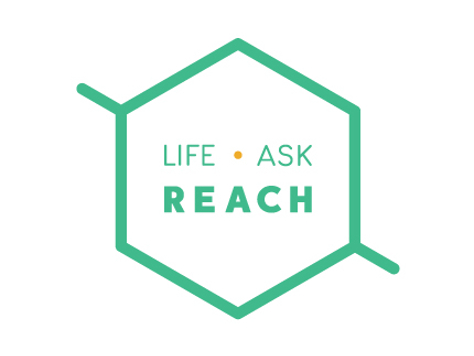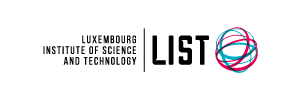Article testing - Hazardous chemicals in Christmas lights
Advent has arrived. Streets, stores and the first apartments sparkle from Christmas lights, but the festive glow can be quite deceptive. In Austria, the environmental protection organization GLOBAL 2000, a LIFE AskREACH partner, has tested Christmas lights for hazardous chemicals.
Two products illegally on the market
In more than half of the tested christmas lights, which were bought from seven different stores, hazardous substances were found. Two of them should not even have been sold because they contained the plasticizer DEHP, which has been restricted in almost all everyday products for more than two years.
DEHP can disrupt the sexual maturation of children and is partly responsible for the decline in male fertility that has been going on for years.
Yet DEHP was found in concentrations as high as 8.4 percent by weight, which is 84 times higher than the limit concentration.
These results are particularly alarming because DEHP is hormonally active and even very small amounts may cause great harm. In addition, plasticizers are only embedded in the plastic and can therefore escape very easily. They constantly steam out of the products and can enter our bodies not only when we touch them, but also through the respiratory system.
An independent and accredited laboratory analyzed a total of eleven christmas lights for specific hazardous substances such as plasticizers, heavy metals or chlorinated paraffines.
Chemical check via app
The analyzed substances are classified as Substances of Very High Concern, or SVHCs for short, according to the EU chemicals legislation REACH. Many SVHCs are still allowed in products, eventhough their harmful effects on humans and the environment are already known. It is also problematic that these chemicals are not visible to us, which means that consumers have no way of recognizing them in the products they want to buy.
The good news: SVHCs are subject to disclosure. They must be communicated by companies if the information is requested by consumers.
To facilitate sending such SVHC requests, the smartphone app "Scan4Chem" has been developed in the project "LIFE AskREACH". With Scan4Chem, product barcodes can be scanned to obtain SVHC-information from the AskREACH database. If there exists no entry for that article yet, a „ready to go“-request can be sent to producer and/or retailer.
By receiving more SVHC requests, companies realize that it is becoming increasingly important for us consumers to know, whether the products in our stores are safe to use. Ultimately, the goal is to reach substitution of SVHCs in all articles.
LIFE AskREACH is also working together with companies, supporting them with fulfilling their SVHC-related duties and with their supply chain communication.
For more information visit our project website.





